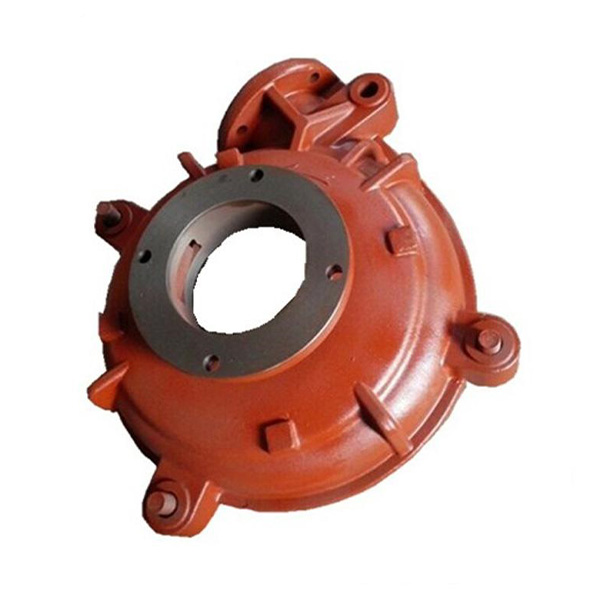Mobile:+86-311-808-126-83
Email:info@ydcastings.com
advantages of pressure die casting
Advantages of Pressure Die Casting
Pressure die casting is a highly versatile and efficient manufacturing process widely used for producing complex metal parts. As industries continue to evolve, the demand for high-quality, precision-engineered components has increased, making pressure die casting an attractive option. This article explores the key advantages of pressure die casting, highlighting why it stands out as a preferred method for manufacturing.
1. High Precision and Tolerance
One of the most significant advantages of pressure die casting is its ability to produce components with exceptional precision and tight tolerances. The process involves injecting molten metal into a steel die at high pressure, allowing for intricate designs and complex geometries. The precision achieved in this method reduces the need for additional machining processes, resulting in cost savings and shorter lead times.
Components produced through pressure die casting typically exhibit excellent surface finishes. The high-pressure injection means that the molten metal fills the die completely, reducing the chances of voids and imperfections. As a result, less post-processing is required, leading to ultimately smoother surfaces with minimal defects. This high-quality finish is particularly important for applications where aesthetics matter, such as in automotive and consumer electronics industries.
3. High Production Efficiency
Pressure die casting is renowned for its high production rates. Once the die is created, it can be used to produce thousands of identical parts with minimal downtime. The speed of this process means that manufacturers can respond swiftly to market demands, thereby increasing productivity. This efficiency is particularly beneficial for mass production, where consistency is key.
4. Material Versatility
advantages of pressure die casting

Another notable advantage of pressure die casting is its versatility concerning the materials used. While aluminum is the most common metal for this process, zinc, magnesium, and copper alloys can also be utilized. This flexibility allows manufacturers to choose the most suitable material based on their specific requirements, whether it be for corrosion resistance, strength, or weight considerations.
5. Reduced Waste
The pressure die casting process is marked by its efficient use of raw materials. Unlike traditional manufacturing techniques that often involve significant material waste, pressure die casting allows for near-net-shape production. This means that the components produced require minimal machining and finishing, resulting in less scrap metal and a more sustainable manufacturing process.
6. Strength and Durability
Parts produced through pressure die casting often exhibit superior mechanical properties. The rapid cooling and solidification of the molten metal lead to a fine-grained structure, enhancing strength and durability. This makes die-cast components ideal for critical applications in automotive, aerospace, and heavy machinery industries, where reliability and performance are paramount.
7. Design Flexibility
The capabilities of pressure die casting extend to design flexibility. Engineers can create intricate patterns, textures, and features that may be challenging or impossible to achieve with other manufacturing methods. This freedom in design not only helps in meeting aesthetic requirements but also in optimizing the performance of the components by integrating features that improve functionality.
Conclusion
In conclusion, pressure die casting stands as an advantageous manufacturing method due to its high precision, excellent surface finish, and production efficiency. The versatility in materials, reduced waste, and enhanced durability further solidify its relevance across various industries. As technology advances, the benefits of pressure die casting are likely to expand, making it an invaluable process in the realm of modern manufacturing. By leveraging its advantages, manufacturers can produce high-quality components that meet the ever-evolving demands of the market.
-
Why Should You Invest in Superior Pump Castings for Your Equipment?NewsJun.09,2025
-
Unlock Performance Potential with Stainless Impellers and Aluminum End CapsNewsJun.09,2025
-
Revolutionize Your Machinery with Superior Cast Iron and Aluminum ComponentsNewsJun.09,2025
-
Revolutionize Fluid Dynamics with Premium Pump ComponentsNewsJun.09,2025
-
Optimizing Industrial Systems with Essential Valve ComponentsNewsJun.09,2025
-
Elevate Grid Efficiency with High-Precision Power CastingsNewsJun.09,2025











